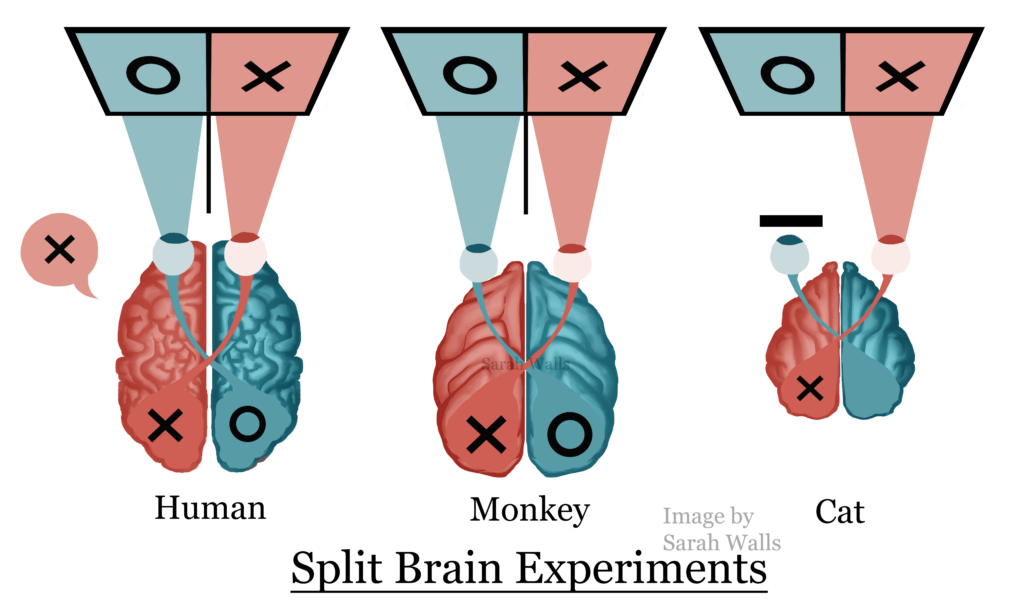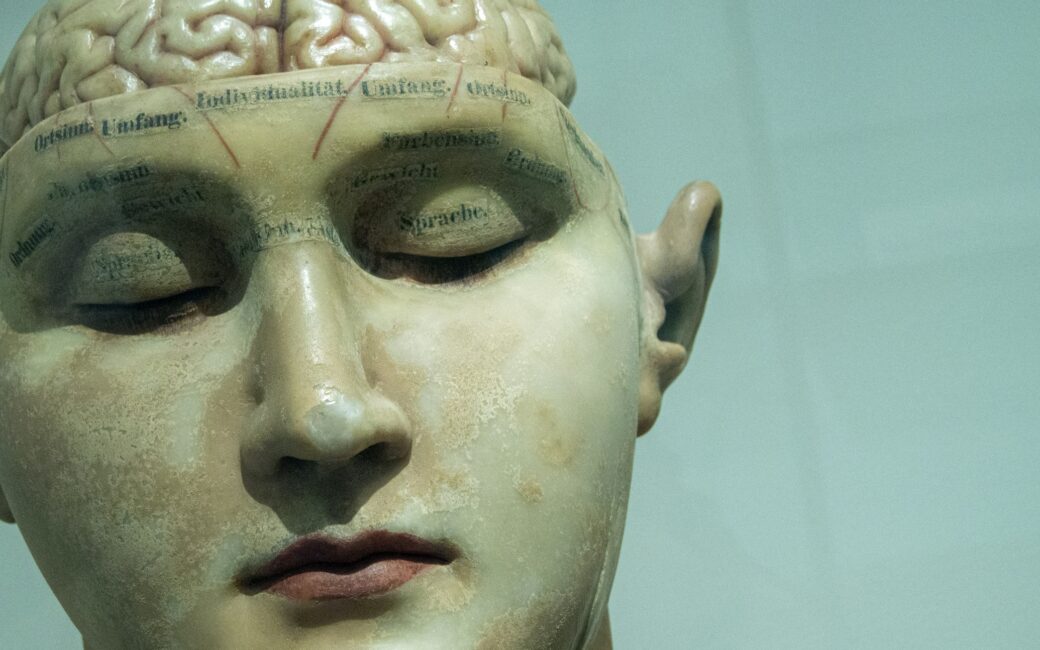Featured Image By: David Matos on Unsplash
Overview of the Documentary
In this week’s substantive post, I watched a NOVA PBS Documentary on “Your Brain: Who’s in Control?” The documentary delves into how much of our behaviour such as actions and decisions is controlled by our subconscious brain processes. The video shows the brain activity and actions of patients who sleepwalk, have undergone split-brain surgery, and how people experience and react to emotions and trauma. The video goes into how much of ourselves is truly governed by “us” or our brain. I thought that this was impactful because it challenges our perception of free will and control. By showing our actions can be driven by automatic functions of the brain rather than voluntary choice, the documentary sparks a curiosity within the viewer of what it means to make decisions and how to form or change habits.
Use of Multimedia Design
The documentary is a clear example of how to combine modalities for deeper learning where the video shows both narration and interviews with visuals such as brain scans, animations, and behavioural experiments. It allows for the views to process the content in dual channels: auditory and visual channels, evidently reducing cognitive overload and reinforcing meaning. Likewise, the video shows animations of neurons firing or brain regions lighting up, while the narrator describes what’s happening rather than repeating text and paragraphs. This helped make a clearer mental model of how the brain works and reinforced the idea of dual channels. Lastly, the video used chapters and segmented each topic (sleepwalking, emotion, trauma) through visual cues so that the viewer can follow the flow and slowly unravel more information. Through the use of this coherence and signaling, the content is focused on key findings and observations.
Overall, the documentary educates the viewers about the brain’s complex processes, but also demonstrates how effective multimedia design can help difficult concepts be more engaging and memorable.
Related Resource

If you’re interested in learning more about the brain, I found this excellent article on Roger Sperry’s Split Brain Experiments where he talks about the hemispheres of our brains function independently after a part of the brain (corpus callosum) is severed. Figure 1. from the article shows exactly what our left and brain hemispheres “see”, how they communicate with each other, and convey information. The article expands more about what the narrator discussed and showed in the video above regarding patients who underwent a Split Brain surgery!
Figure 1. Illustration of Roger Sperry’s split-brain experiments in humans, monkeys, and cats (1959–1968). Note. Adapted from “Roger Sperry’s Split Brain Experiments (1959–1968),” by S. Walls, 2022, Embryo Project Encyclopedia. Arizona State University. https://embryo.asu.edu/pages/roger-sperrys-split-brain-experiments-1959-1968-0
References
Lienhard, D. A. (2017, December 27). Roger Sperry’s split brain experiments (1959–1968). Embryo Project Encyclopedia. Arizona State University. https://embryo.asu.edu/pages/roger-sperrys-split-brain-experiments-1959-1968-0
Your Brain: Who’s in Control? (NOVA | PBS) [Video]. (2023). YouTube. https://www.youtube.com/watch?v=yQ6VOOd73MA
